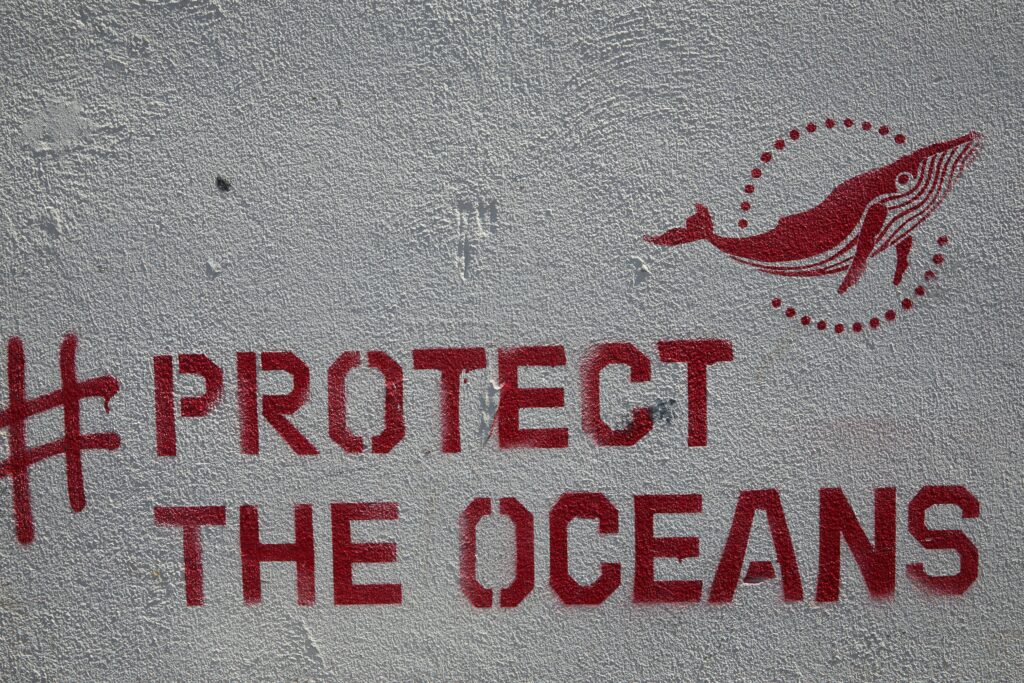The fascinating taxonomy of the whales of Iceland
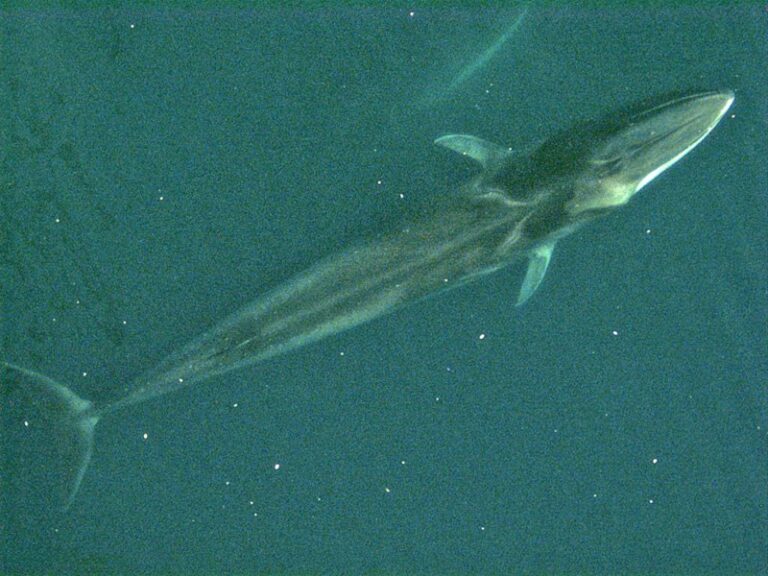
Whales of Iceland and all the gentle giants: Whales, cetaceans, marine mammals. Toothed whales, baleen whales, beaked whales. Dolphins, porpoises, oceanic, freshwater. What are these creatures? Where do they belong? Who’s a member of their family and who isn’t? Where can we place them in the tree of life and our understanding of the animal world? There is a key to this chaos and an order in all this hotchpotch. In this article, I’m going to discuss the taxonomy – or the science of classification – of all our finned, mammalian friends.
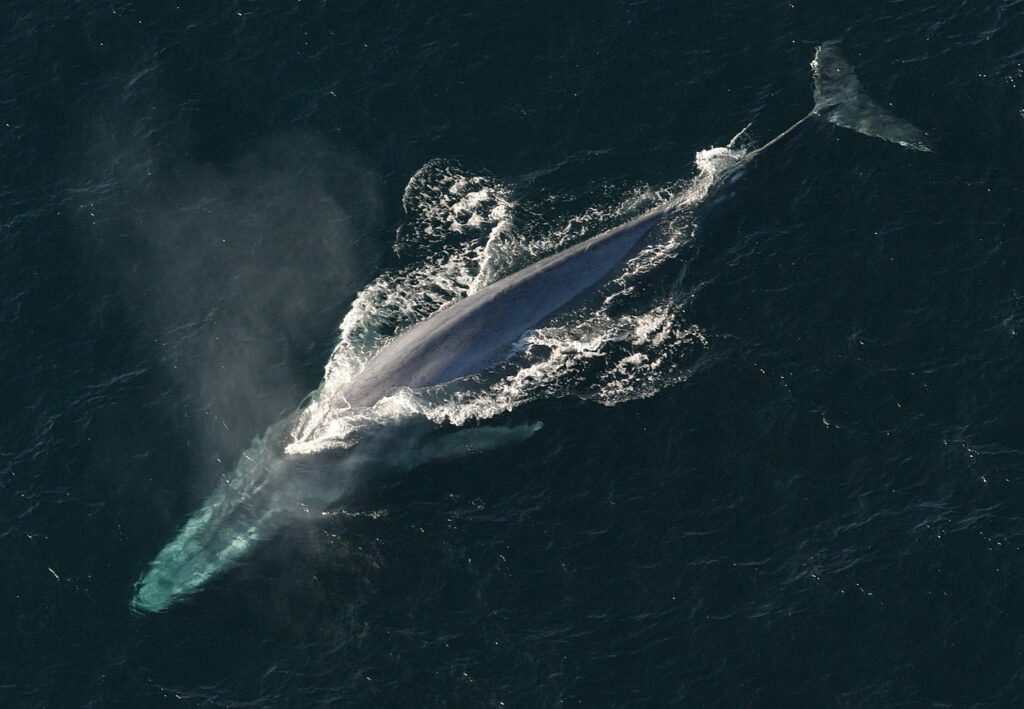
Where do the whales of Iceland belong?
The world of living creatures is divided into eight main taxonomic ranks. It’s like a box within a bigger box, within an even bigger one, etc. Thanks to them we know how closely two different species are related to each other. However, the concept of all taxonomic ranks is fluid and may change over time, with new species being discovered, identified as new, or placed into previously existing taxa.
From highest to lowest level of classification, these taxonomical ranks include:
- Domain: Differentiates living organisms by the absence or presence of the nucleus within the cell, with cetaceans belonging to the second option – Eukaryota.
- Kingdom: Animalia is the kingdom that contains all types of multicellular living creatures that consume organic material, breathe oxygen, and are able to move (however there are few exceptions to this rule).
- Phylum: Cetaceans belong to the phylum of Chordata, which means that during at least one stage of their lives, they possess a notochord (kind of a prototype, soft spine) and a tail (humans also have it, in a vestigial form). Vertebrata is the subphylum that includes chordates with bony or cartilaginous backbones.
- Class: Mammals consist of warm-blooded vertebrates covered with fur or hair and having mammary glands for feeding their young. Unlike reptiles and birds, mammals possess three middle ear bones and a neocortex region in the brain. The neocortex is responsible for cognition, memory, learning processes, and the development of language. Our gentle giants are capable of all these!
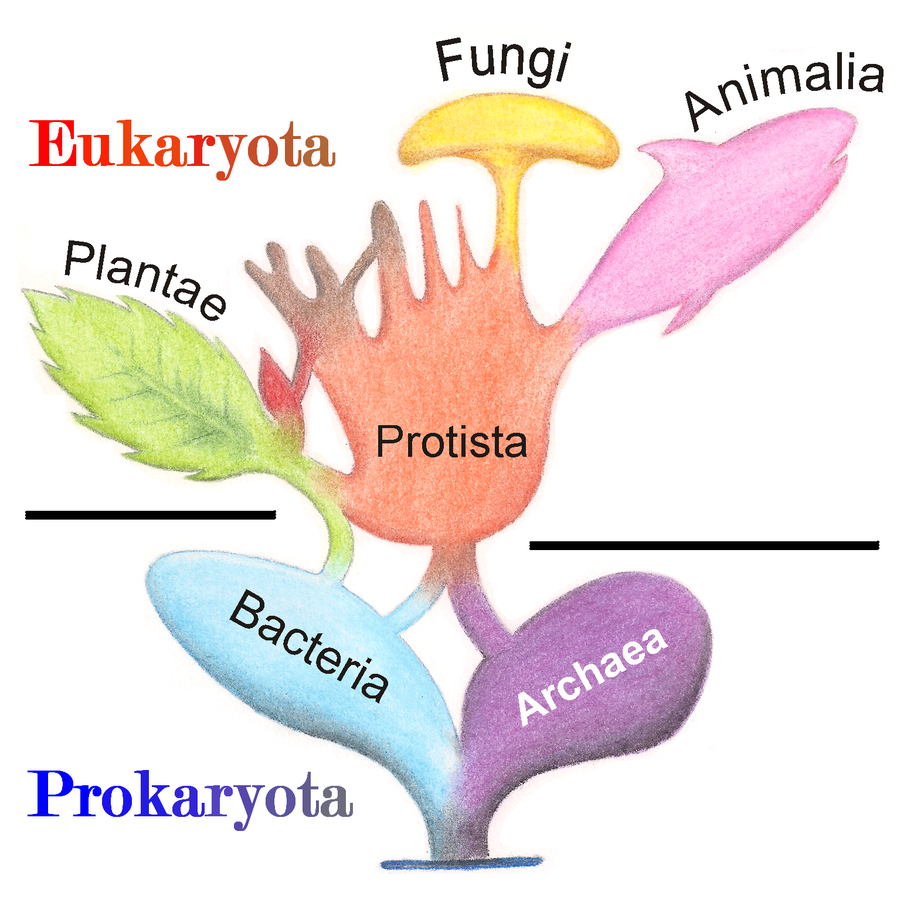
It’s getting weird
So far, all of the above-mentioned ranks seem pretty obvious. Not without a reason are cetaceans known as marine mammals. But only now the fun part starts.
- Order: When we see a whale and when we see an antelope, the last thing we would think of is that these two are related. But they are indeed. Both whales and antelopes belong to the order Cetartiodactyla (sometimes named synonymously as Artiodactyla). This order includes all even-toed ungulates, or hoofed animals, which bear their weight equally on two of their five toes in each limb.
Wait, hooves, toes? Whales do not even have legs! How possibly can they be cousins of deer, giraffes, and goats? It’s all because of that one Czech guy, Gregor Mendel. Or, more precisely, because of what he discovered – genetics. Genetical study of living organisms, along with new fossil discoveries, found that our finned friends from the seas – whales, dolphins, and porpoises – fall within the same taxonomic group as many four-legged buddies with horns, antlers, and hooves.
So here we are in this awkward area of cetaceans’ taxonomy that makes us wonder if zoology is a serious branch of science or just a mere joke. From here we only need to pass through a couple more magical spell-sounding names of different clades – Artiofabula, Cetruminantia, and Whippomorpha (equal to Cetancodonta).
The name Whippomorpha is a combination of the English wh[ale] and hippo[potamus] with the Greek morphē – form. It may seem awkward, but hippos indeed have more in common with whales than they do with pigs, even though their appearance would suggest otherwise. Both whales and hippopotamuses have a dense layer of fat and largely hairless bodies, a single-lobed lung, and no sweat glands, they possess similar auditory and vocal structures, and they also share amphibious and aquatic behaviors.
They must surface to breathe and are partially conscious when sleeping, a feature that is crucial for mammals living in water. They both mate and give birth underwater, inputting a lot of time and energy into raising a limited number of offspring, but with a relatively high rate of survival.
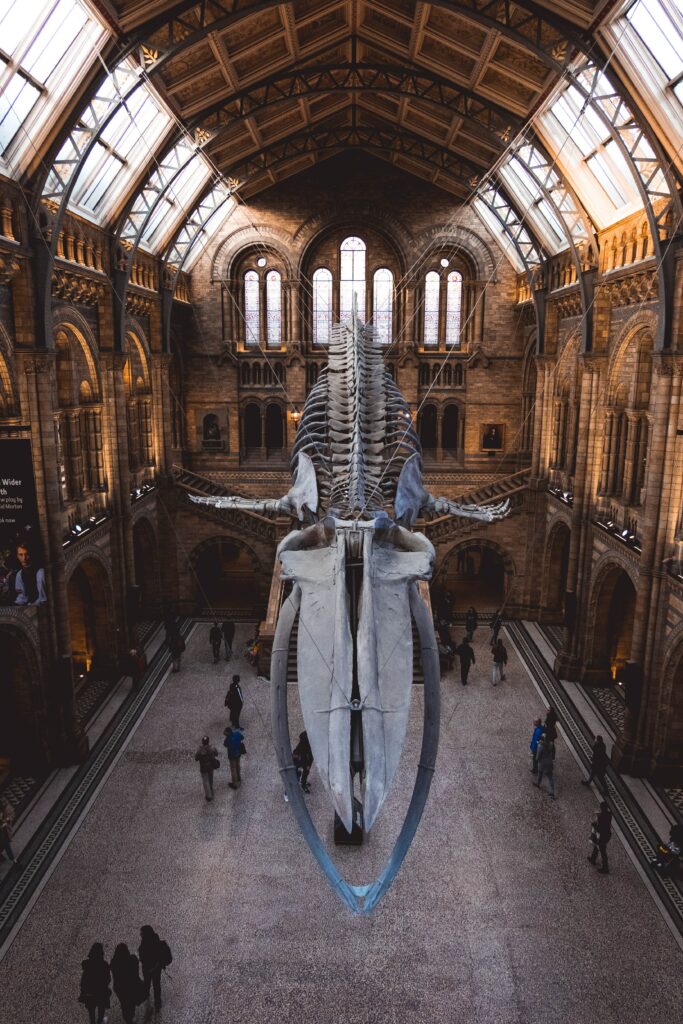
We’ve already traveled far through the taxonomic meanders of whale ancestors and now we’ve finally arrived in Cetacea, the infraorder that includes all the animals we do whale watching for. But this is only the beginning of a fascinating journey through whale families and species. During millions of years, ancestors of today’s cetaceans have undergone many evolutionary experiments to finally become as perfectly adapted to the marine environment as they possibly could. As a result, by trial and error, evolution has brought to life these magnificent creatures.
The ones with baleens and the ones without
Cetaceans’ direct ancestors are thought to have appeared on Earth around 56 million years ago, but the process of adaptation continues. What we know as cetaceans today are mammals that exhibit an entirely aquatic lifestyle, have streamlined body shapes of often large size, and are on an exclusively carnivorous diet. They propel themselves with up-and-down movement of their tail and use their flipper-shaped forelimbs to maneuver. But that would be all for the most obvious similarities shared by all cetaceans. Now is the time to discuss the diversity of differences that makes this group of animals so interesting to study.
About 34 million years ago cetaceans diverged into two distinct groups – Mysticeti, or baleen whales, and Odontoceti, or toothed whales. Baleen whales, just as their name indicates, are equipped with baleen plates made of keratin, which they use to filter tiny organisms they feed on. They are generally larger than toothed whales, with females of a greater size than males. Their social bonds are not very strong, as they are mostly solitary. Their nostrils consist of two blowholes and they are able to produce complex vocalizations, including songs and infrasounds.
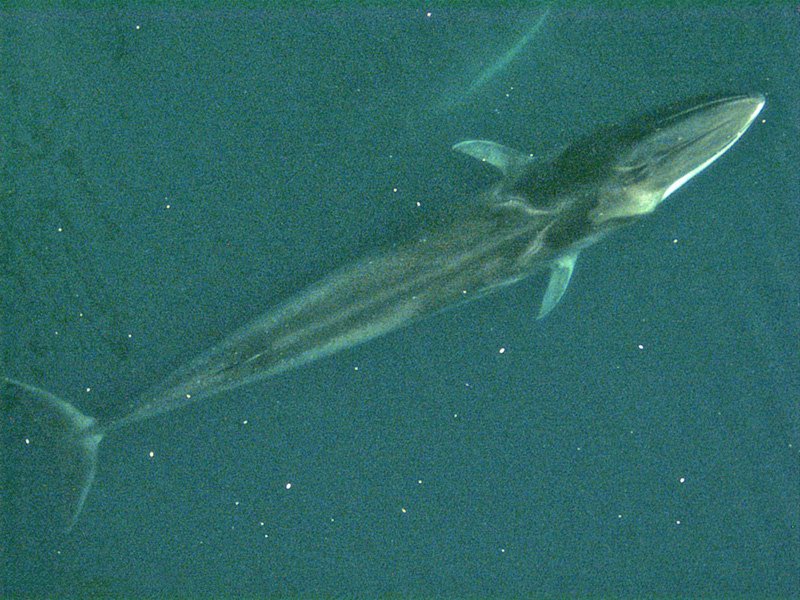
Toothed whales, however, represent quite opposite features. They are equipped with teeth which they use to catch larger prey, such as fish, squid, or mammals. They are generally smaller than baleen whales, even though exceptions are not absent – for instance, the largest toothed whale, the sperm whale, is larger than many smaller baleen whales. Males tend to be of greater size than females. Toothed whales live in pods consisting of a few up to hundreds of individuals, and their social bonds are very important. They have only one blowhole and can echolocate, also using ultrasounds. Their vocalizations are highly complex, although they are not known to produce songs.
From the simplest creatures on Earth to the gracious creatures that inhabit all the oceans of the world, is a long way. So far, we’ve discussed the domain, kingdom, phylum, class, and order. But there are a few more steps to go before everything becomes clear.
Moving on, I’d like to discuss how different whales, dolphins, porpoises, and others, are differentiated from each other. What do they have in common, and what divides them? Which groups are related to each other more than to others? Is there a way to better understand the world of these fascinating creatures? Let’s try.
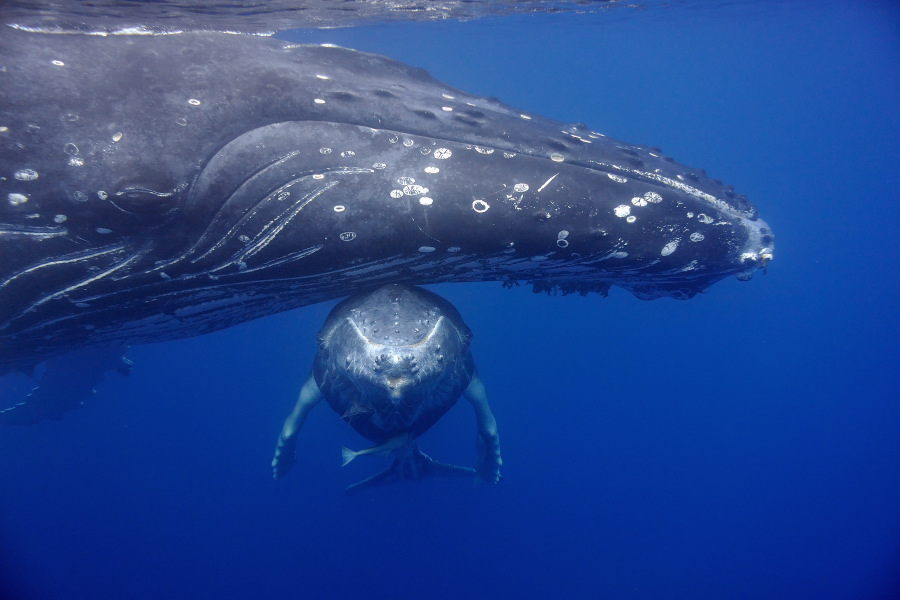
But before we continue learning about the whales of Iceland, we need a little explanation about the last three levels of taxonomical classification: family, genus (plural genera), and species. At each level down, the distinction between different taxa, or taxonomical groups, becomes more and more difficult and subtle. The explanations provided below are compressed and summarized only to crucial characteristics so that you don’t have to read through a whole encyclopedia.
Many more factors differentiate the groups of cetaceans, also the genetical study of these animals is still ongoing. Hence, every now and then we are informed about the existence of a new species that was previously thought to be another one or the other way round – we find out that a certain species was fused with a different one. To keep this article concise, I decided to focus on differences between whale families, without getting into detail concerning the genera (there are 40 of them) and species (there are nearly 90!).
Baleen whale families
Baleen whales are represented only by a few extant species – in total there are 16, listed in 3 families and 6 genera.
- Balaenidae, or right whales
Genera: 2, Eubalaena and Balaena
Species: 4, North Atlantic right whale, North Pacific right whale, Southern right whale, bowhead whale
Characteristics: Commonly known as the right whales, balaenids are large whales, with an average adult length of 15 to 17 meters, and weighing 50 to 80 tonnes. They are specifically known for their huge heads – it’s another strategy of effective feeding, allowing these whales to filter big amounts of water at once. They also have very narrow and arched upper jaw which gives their face a sad look but allows them to have especially long baleen plates. When they feed, they swim with their giant mouths open and then scrape off the baleens with their tongues. Another specific feature of this group of whales is the lack of the dorsal fin.
Distribution: They live in temperate and polar waters in both the northern and southern hemispheres. During the winter, they move to warmer waters.
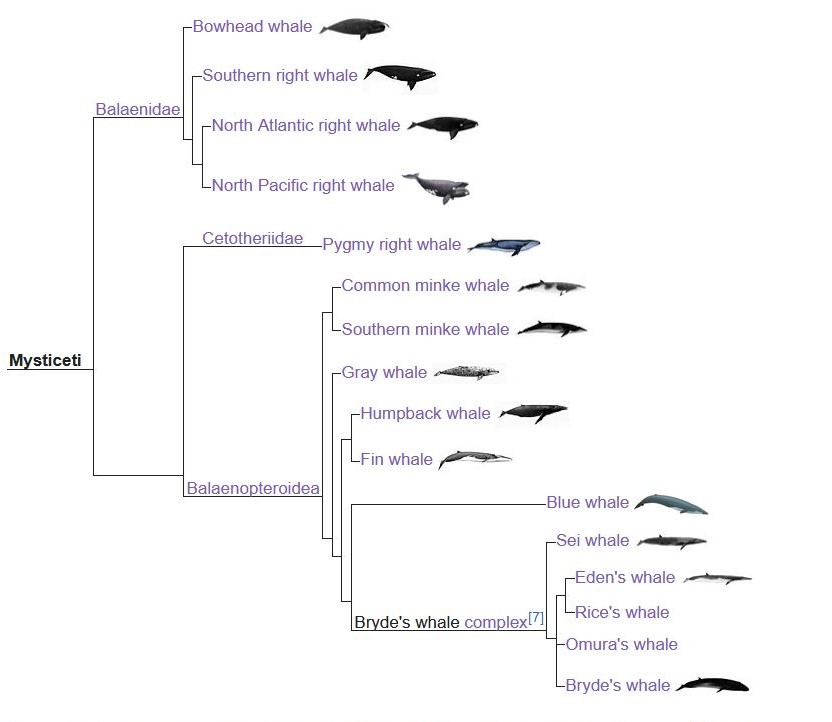
- Balaenopteridae, or rorquals
Genera: 3, Balaenoptera, Eschrichtius, Megaptera
Species: 11, blue whale, fin whale, sei whale, Bryde’s whale, Rice’s whale, Omura’s whale, Eden’s whale, common minke whale, Antarctic minke whale, grey whale, humpback whale
Characteristics: More commonly known as rorquals, balaenopterids represent a big variation in size – they include the largest and the smallest species of baleen whales, and can reach from 8 to 33 meters in length, and from 9 to even 180 tonnes of weight. Their typical characteristic is the presence of throat pleats to expand their mouths, which helps them to feed effectively. They need however to build up water pressure to expand the pleats. Their streamlined body shape allows them to reduce drag in the water when ramming a bait ball at high speed. Their dorsal fins, situated about two-thirds of the way back, are very short compared to the length of the body.
Distribution: They live in all the major oceans, in both hemispheres. Most rorquals migrate to tropical waters for breeding during the winter and move back to polar feeding grounds during the summer.
- Cetotheriidae/Neobalaenidae, or pygmy right whale
Genus: 1, Caperea
Species: 1, pygmy right whale
Characteristics: Pygmy right whale is the smallest baleen whale, reaching on average only 6 meters and 3 tonnes. The skull and skeleton of the pygmy right whale are unlike those of any other extant whale, which is why it is placed in a separate family. Despite the name, it has more in common with rorquals than with the right whales. There is no scientific consensus on whether pygmy right whale belongs to the family Neobalaenidae or Cetotheriidae.
Distribution: Pygmy right whales live in temperate waters of the southern hemisphere.

Toothed whale families
The majority of today’s cetaceans belong to toothed whales – there are 73 species, placed in 10 families.
- Physeteridae & Kogiidae, or sperm whales
Genera: 2, Physeter and Kogia
Species: 3, sperm whale, pygmy sperm whale, and dwarf sperm whale
Characteristics: Sperm whales have enormous variation in size from 2 to 20 meters and 140 kilograms to 70 tonnes. They have robust bodies with rounded, paddle-shaped flippers. Their lower jaw is very narrow and thin compared to the upper jaw, and their blowhole is located asymmetrically, on the left side of the head. Sometimes the teeth in the upper jaw may not erupt at all. They cannot swivel their eyes in the sockets, because echolocation is a far more important sense to these animals than vision.
Talking of echolocation, we can’t forget about the most distinct feature of this group of whales – the spermaceti. It is a waxy substance filling the case in the whale´s head and it plays a primary role in the production and directional manipulation of clicking sounds, which serve them to find food at great depths, where no light is present.
It is not entirely certain whether sperm whale and his smaller cousins belong to the same family, they are however closely related, which is why I described both families together.
Distribution: Sperm whales are cosmopolitan species, although they show a preference for warm and temperate waters, mostly remaining between 50 degrees of latitude.
- Ziphiidae, or beaked whales
Genera: 6 – Berardius, Hyperoodon, Indopacetus, Mesoplodon, Tasmacetus, and Ziphius
Species: 22, including: Baird’s beaked whale, Blainville’s beaked whale, Shepherd’s beaked whale, Cuvier’s beaked whale, bottlenose whales
Characteristics: Beaked whales range in size from 4 to 13 meters and from 1 to 15 tonnes. They are considered the least-known group of marine mammals because of their deep-sea habitat, low abundance, and very rare interaction at the surface. They all exhibit extreme dive profiles, with some species being able to descend to 3000 meters and stay underwater for over 3.5 hours (these absolute records for all mammals belong to Cuvier’s beaked whale). All the beaked whales, with the exception of Shepherd’s beaked whales, have a very limited number of teeth, if any. Instead, they suck the prey into their mouths.
Distribution: Beaked whales inhabit all the oceans of the world, from the equator to both poles. They show a preference for waters at least 300 meters deep, for example, edges of continental shelves and sea canyons.
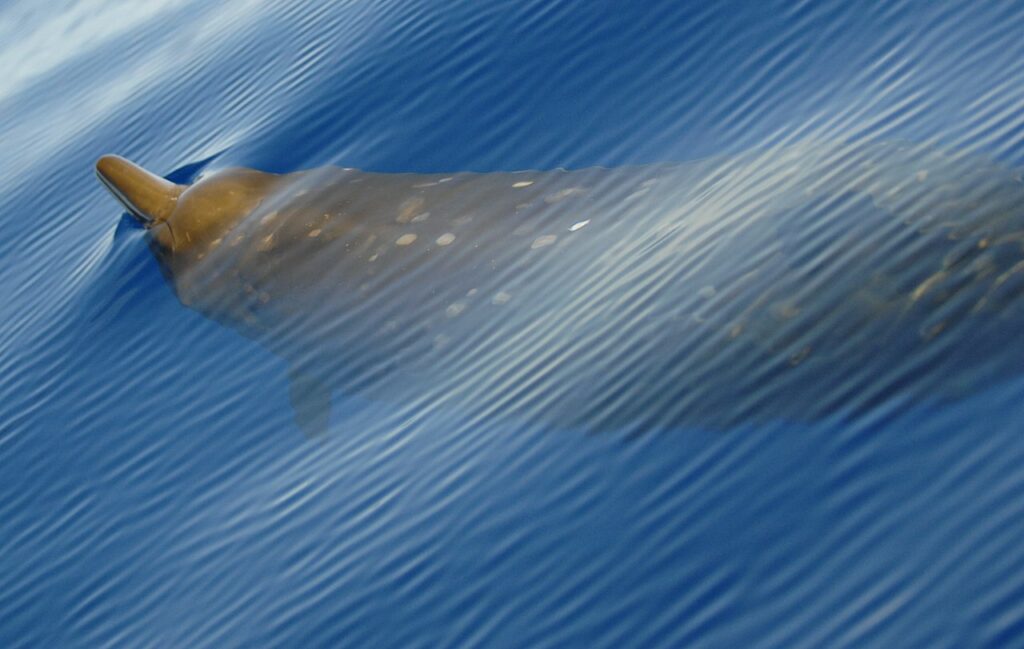
- Monodontidae, or narwhal and beluga
Genera: 2, Monodon and Delphinapterus
Species: 2, narwhal and beluga
Characteristics: Representatives of this group measure from 4 to 7 meters and weigh from 800 to 1600 kilograms. They have pronounced forehead melon and a short or absent snout. They lack a dorsal fin but have a ridge running along the back. Their neck vertebrae are jointed and not fused as in most whales, allowing a great range of neck flexibility. Belugas have numerous simple teeth, and narwhals have only one tusk, rarely two. Both whales are very vocal, being able to communicate in a wide range of sounds.
Distribution: Both beluga and narwhal live in the coastal regions and the pack ice of the Arctic Ocean.
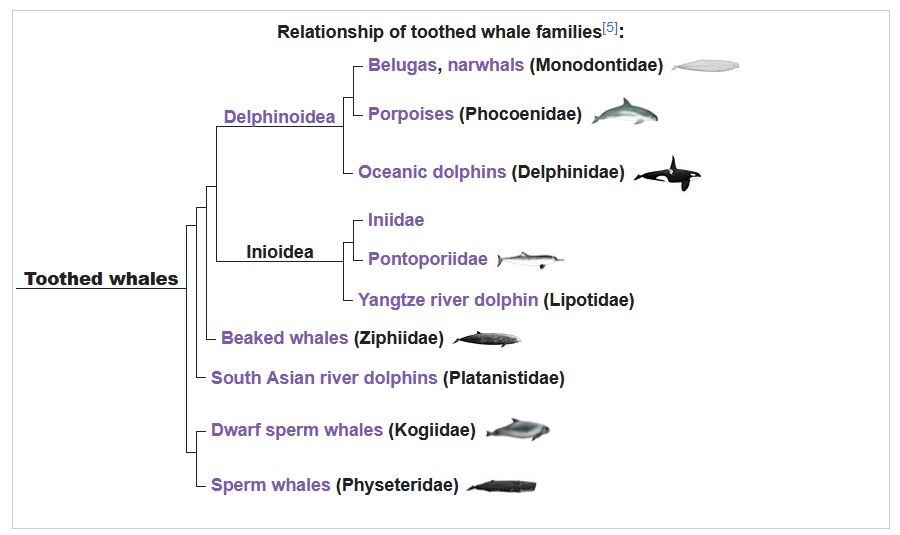
- Phocoenidae, or porpoises
Genera: 3, Phocoena, Phocoenoides, and Neophocaena
Species: 8, including: harbour porpoise, vaquita, Dall’s porpoise, finless porpoises
Characteristics: Porpoises are the smallest cetaceans of all. They range from 1.4 meters and 54 kilograms (vaquita) to 2.3 meters and 220 kilograms (Dall’s porpoise). Even though they look very much like dolphins, porpoises are more closely related to narwhals and belugas. They are typically distinguished from dolphins by their size, flattened teeth, lack of pronounced beak, and triangular dorsal fin (if it’s present).
Distribution: Porpoises inhabit many different types of environments, including coastal waters, open oceans, and estuaries, in both tropical and polar climates.
- Delphinidae, or oceanic dolphins
Genera: 17, including: Delphinus, Sousa, Stenella, Sotalia, Cephalorhynchus, Globicephala, Orcaella, Orcinus, and Lagenorhynchus
Species: 37, including: common dolphin, common bottlenose dolphin, orca, false killer whale, pilot whales, Risso’s dolphin, hourglass dolphin, tucuxi
Characteristics: Oceanic dolphins range from 1.2 meters and 40 kilograms (Hector’s dolphin) to 9.4 meters and 10 tonnes (orca). They are the most diverse group of all cetacean families and are considered the most intelligent among marine mammals (and according to some studies, they are preceded only by humans). Dolphins have between 100 and 200 sharp, identical teeth. In most cases, they feed by herding, where a pod squeezes a school of fish into a bait ball. However, certain species have their unique ways of hunting, such as orcas driving their prey onto a beach. Oceanic dolphins exhibit the most playful behavior out of all marine mammals, often leaping above water, playing with an object, and even interacting with humans.
Distribution: Dolphins generally inhabit all the oceans in all climate zones, although most of the species prefer warmer waters. Although the common name of this group is oceanic dolphins, it includes two species (tucuxi and Guiana dolphin) which can live both in the ocean and in the rivers of the Amazon basin.
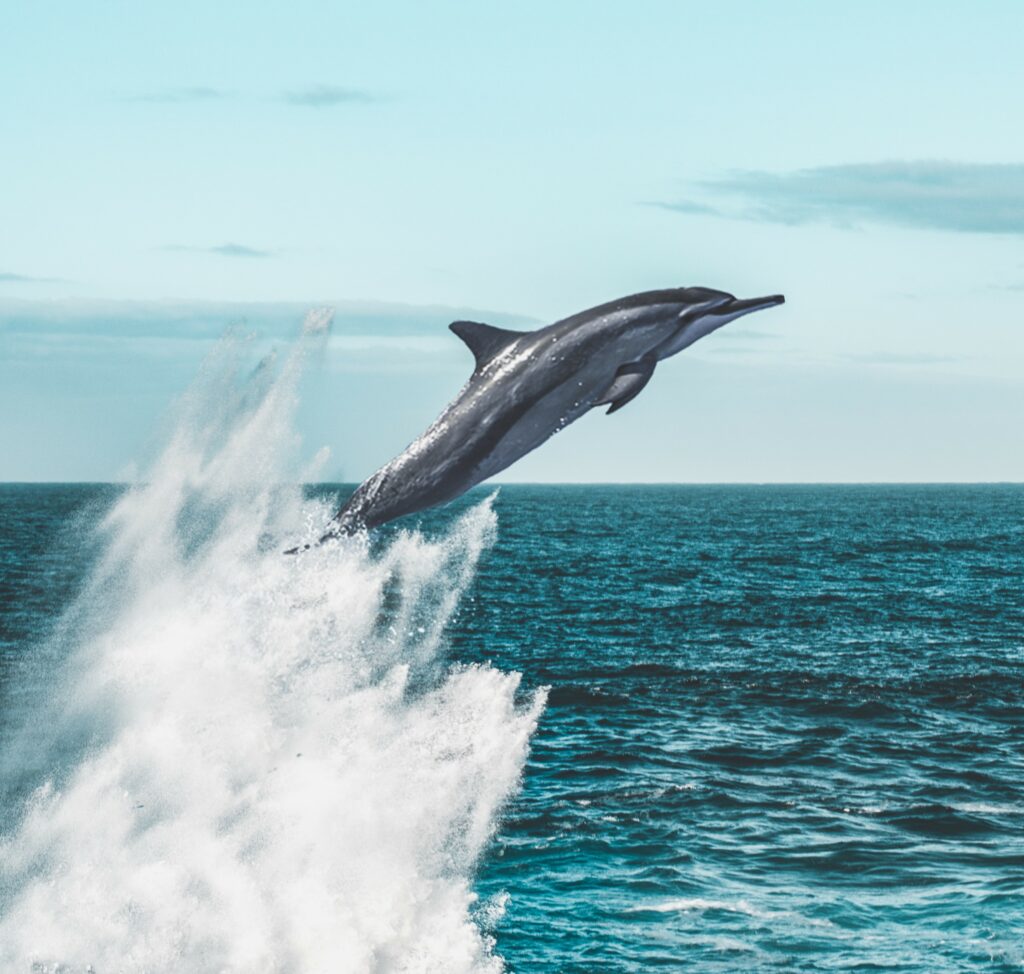
- Iniidae, Pontoporiidae, Lipotidae & Platanistidae, or river dolphins
Genera: 4, Inia, Pontoporia, Lipotes, and Platanista
Species: from 6 to 8, including: La Plata dolphin, Amazon river dolphin, Ganges river dolphin, Baiji
Characteristics: River dolphins are not a natural group, but despite taxonomical differences, they share many physical features. They vary in size from 1.7 meters and 50 kilograms (La Plata dolphin) to about 2.5 meters and 200 kilograms in other species. Their eyes are relatively small and vision is poor, which is why they rely primarily on sonar for navigation, socializing, and feeding. They have a low, triangular dorsal fin, and their flippers are large and paddle-shaped, which allows them to move through vegetation on the river bed.
The uncertainty concerning the exact number of species is caused by differences in taxonomical qualification in the family Iniidae, as well as by the possible extinction of the Baiji river dolphin due to human influence in the Yangtze basin.
Distribution: These four families include dolphins inhabiting uniquely rivers and estuaries (La Plata dolphin) in certain regions of Asia and South America.
Now everything should be clear about the whales of Iceland! I hope this article helped you to understand the key to the chaos of numerous cetacean species that inhabit all the oceans, seas, and many rivers of the world. The punch line to remember is that all this amazing variety had come to life only once, and if we let it perish, it will never appear again. This is why we all have to do everything we can to preserve our beloved gentle giants, their habitats, and their way of life. Long live the cetaceans!
You can read more about our part in preserving the whales of Iceland and our ethical whale watching.
